To and from origin stations can be difficult: More on the Silver Line and intra-neighborhood transit (tertiary network)
Rebuilding Place in Urban Space
NOVEMBER 25, 2022
The author makes the point that it's not easy to get from his house to a subway station, especially for trips to the airport, which include luggage. The transit network concept I worked out is based on how Arlington County, Virginia, in their 2005 Trasnportation Plan, defined a Primary and a Secondary Transit Network.

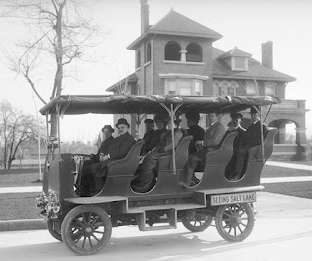
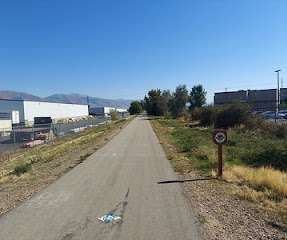
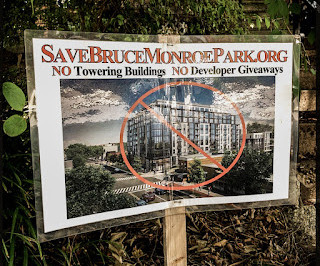

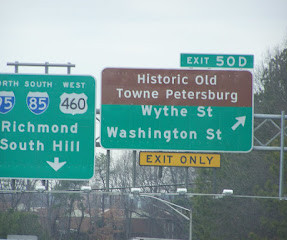
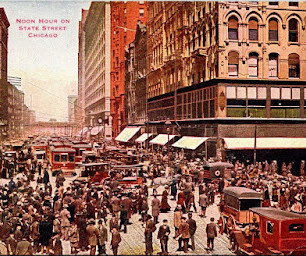
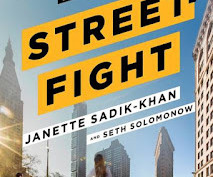
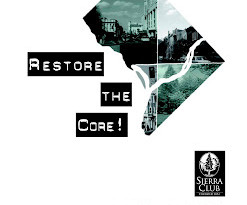
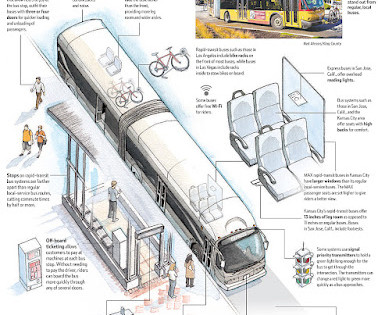
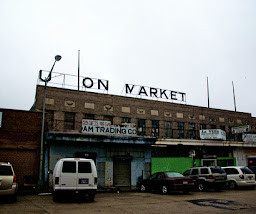
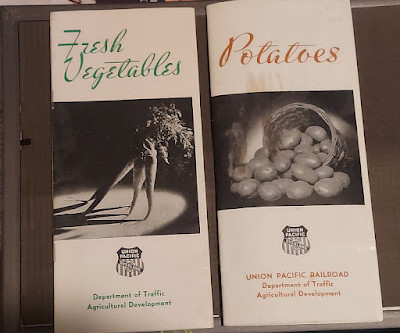






Let's personalize your content